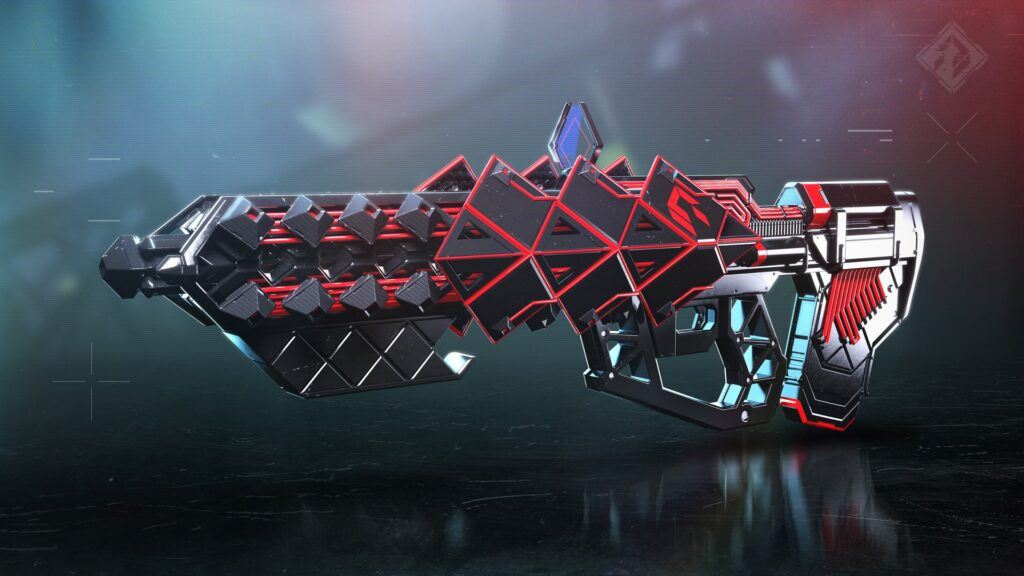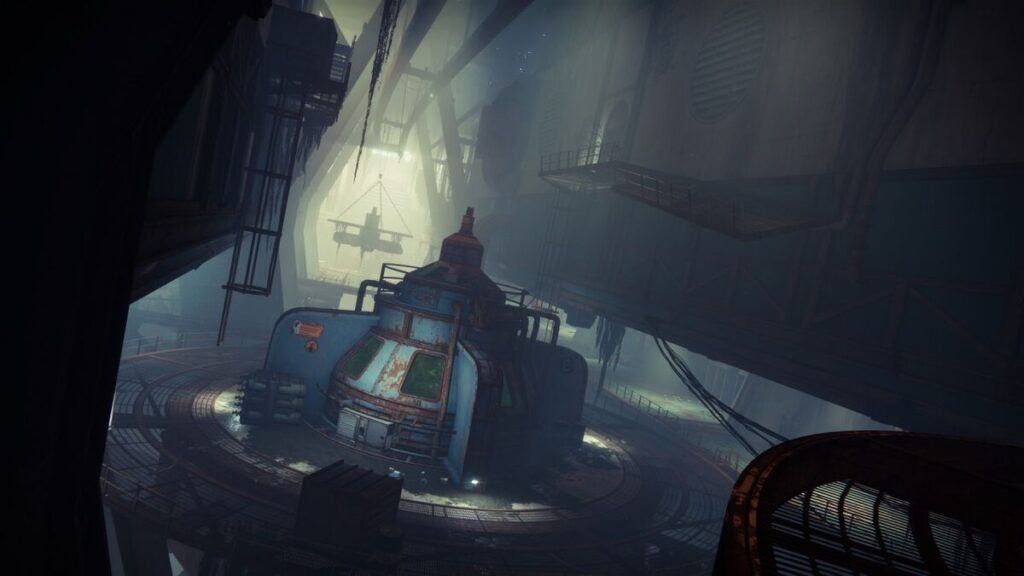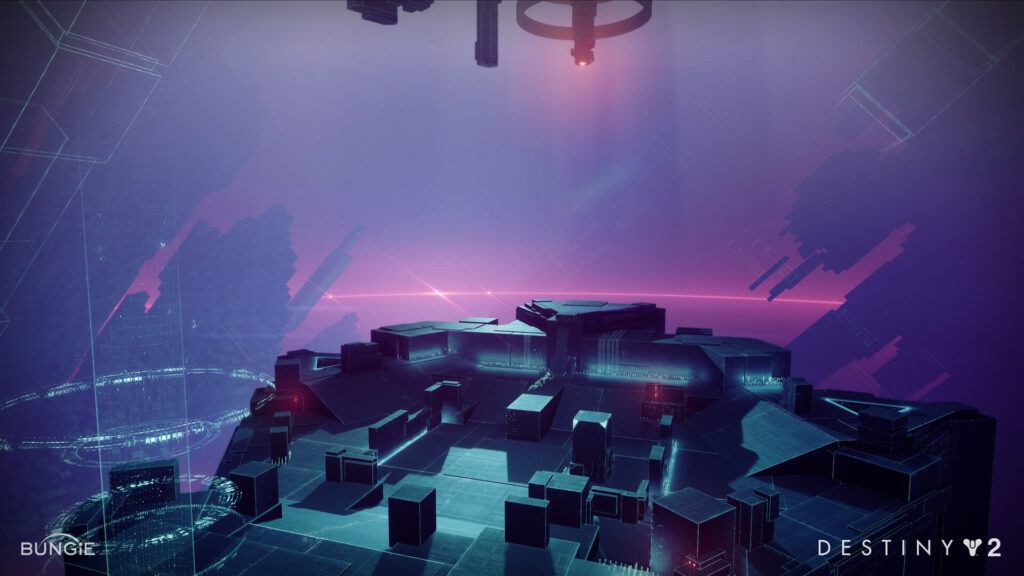The Lingering Legacy of the ‘Destiny 2’ Mission Exotic
The Lingering Legacy of the ‘Destiny 2’ Mission Exotic
https://blacknerdproblems.com/the-lingering-legacy-of-the-destiny-2-mission-exotic/
Back in Destiny 1, most of our prowess was generated from our weapons, and raid weapons in particular were an entirely different band of power. The classic examples were Fatebringer from Vault of Glass (although I’m personally partial to the Vision of Confluence as that was my first ever raid weapon) and Black Hammer from Crota’s End. Black Hammer in particular was notable for just being flat out better than any other gun in the special slot when it came to PvE because of its ability to generate infinite ammo for landing shots in a game environment where ammo synthesis packs were necessary to endure some of the longer encounters and most of the encounters were designed with long range precision engagements. It was in fact so powerful that after the gun had been left behind due to the power climb, when they brought it back it as an exotic, it was still one of the best guns in the game. You just couldn’t use it with Gjallerhorn anymore, which depending on the encounter was perfect.
The other notable thing about the reprisal though was the fact that Black Spindle was a reward for completing an alternate route of a story mission, something that would also be seen with the original iteration of No Time to Explain. These missions served as a precursor to what we call the “mission exotic” which is exactly what it sounds like.
During the original of Destiny 2, after a campaign that was well received, an endgame that was shallow, and a DLC that had us running around a very small circle, morale was low in the community. Things were on the upswing though as Warmind seemed to be a welcome shift, but nothing proved it more than the community discovering a Taken portal on Io during a public event. If you were lucky enough to be able to interact with said portal, you were greeted to an ominous arena and a ticking timer. With a jumping puzzle that tested your confidence, if you managed to work your way through, you were greeted with hordes of Taken in a density that had been unheard of up to this point.
The atmosphere was surreal, the music hypnotic, and what we thought was a dead Hive Worm God mocked your efforts. A brutal battle of attrition occurred in every room before you came to face to face with three tanky bosses and blights with minutes left. It took everything you got and then maybe a little more, but if you succeeded, you were rewarded with Whisper of the Worm, the heavy weapon evolution of Black Spindle.
And Whisper of the Worm in its original state was a beast: an infinite ammo sniper that you could just fire forever. The heavy thunk of the gun reverbed in every envious guardian’s ear and set a standard. This was Destiny 2 at its finest. A mission that tested you, a reward worthy of that investment. And since then, the mission exotic has been coveted on both sides: for being proof of your skill and for the potent reward.
Outbreak Perfected was the second mission exotic, and the formula was inverted. After working with Mithrax, our first Fallen, sorry, Eliksni ally (in combat. Variks was technically the first even though he did some stuff), we returned to the old Tower and the remnants of the Red War. Zero Hour started off with heavy combat, followed by jumping puzzles, an encounter with the terrifying TR3-VR, concluding in a hectic final boss room that would eat you alive if you weren’t focused. But the return of the former raid exotic proved once again, there was a reason you wanted to venture forth and claim the SIVA infused pulse. While the gun itself wasn’t immediately meta, it soon found itself a niche and MVP as a raid ready weapon being able to take down raid bosses consistently in lieu of heavy ammo drops.
However, after Outbreak Prime, the design philosophy changed. Once you had the reward and the catalyst, there was not really incentive to run the content again outside of the hell of it and helping others. Additionally, it was around this time that the community got aggressively good at data mining and secrets were getting leaked. With all the dev time that went into the missions, it made sense that they wanted it to have some replayability and keep the experience lively even if it was spoiled to a degree, and thus we saw that the next two missions pivot.
The first of these was Harbinger, which brought back Hawkmoon as essentially a new gun, keeping the energy of Luck in the Chamber with a randomized perk pool and the potency of a one-shot with a skill-based perk. And this was directly followed by Presage and Dead’s Man Tale, which while neat, broke the convention of exotics being fixed, and so soon after Hawkmoon had already broken this mold (like exactly a season had passed). That said, Presage stood out for being a welcome return to the horror genre as you crawled through the vents of the derelict ship.
It would be a while before the next mission exotic would enter the conversion. Season of the Risen with Witch Queen brought the Dead Messenger from Vox Obscura, which was a return to expectations. Timed combat, get a unique gun. Of course, while Dead Messenger had a unique design, it was very much outclassed by a legendary raid weapon that two years later is still the most powerful add clear weapon in the game, and Dead Messenger only just got Demolitionist recently. But the mission itself was not hidden. You were directed to a moderately challenging test. Witch Queen ended with Season of the Seraph introducing Seraph Shield and Revision Zero: the first exotic gun that actually warranted to be created in the crafting system. (Sorry Osteo Striga and Class Specific Glaives, your glorified stats changes and reason to eat ascendant alloys does not mean you needed to be crafted).
Seraph Shield was a long mission, but it was perhaps one of the most memorable due to the beautiful skyboxes and the reuse of raid mechanics. The forced repetition of the mission in order to fully unlock was not great, but at the same time, like with crafting, at least there was an end goal. But it is here that Bungie settled on what the modern mission exotic would be. Slightly harder-than-a-strike mechanics with a reasonable combat difficulty resulting in a crafting gun.
Come Lightfall, Vexcalibur came out of nowhere in week 2 and actually necessitated some secret hunting, but the formula had been set. During Season of the Deep, the craftable portion of the exotic was suspiciously missing, but given that the activity was embedded within another activity and not a standalone thing perhaps asking for multiple runs there was slightly unreasonable.
Now, the final season of Lightfall (and Destiny 2 as a whole as the nebulous episodes are slated to take them place) follows the familiar cadence of the modern exotic mission. The Wish-Keeper bow is not a particularly powerful gun, although it does offer an impressive amount of utility and I have a lot of fun using it. But the Starcrossed, even running for the first time with no information, it was apparent the design had shifted dramatically. Given the mission (like Seraph Shield before it) was mandated for story progression, the encounters can’t quite reach the same high-end difficulty that started the legacy and the rewards have been toned down (although props to Bungie to the fantastic lore behind the mission).
Currently, the missions are still plenty memorable. The rewards don’t quite give the same high as infinite heavy or embedded nanites, but it’s fascinating from a design and philosophy perspective to see how the dynamics have shifted in response to the community and Bungie’s internal discussions.
Want to get Black Nerd Problems updates sent directly to you? Sign up here! Follow us on Twitter, Facebook, YouTube, and Instagram!
The post The Lingering Legacy of the ‘Destiny 2’ Mission Exotic appeared first on Black Nerd Problems.










